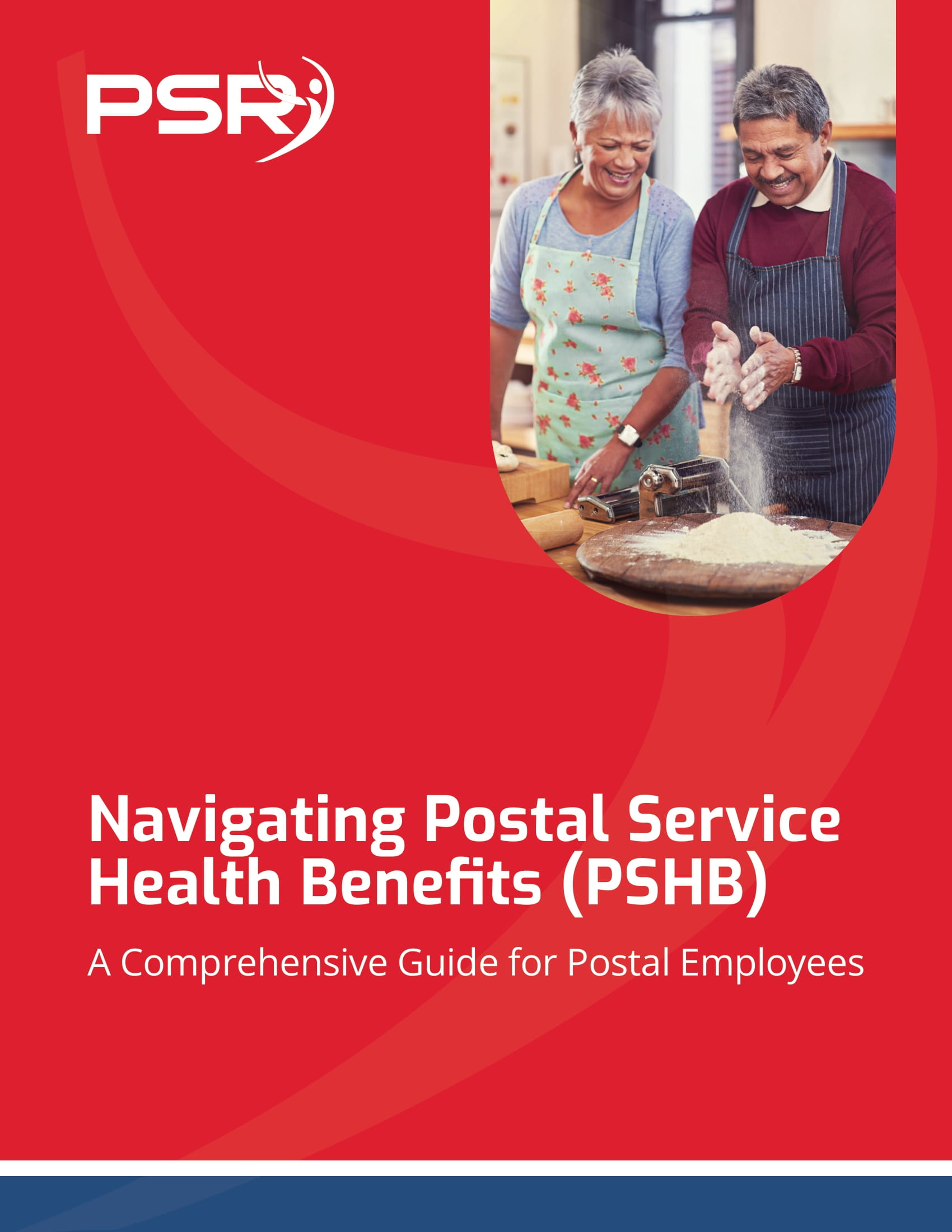Key Takeaways
-
Early retirement can drastically lower your lifetime federal benefits unless you carefully plan for the reduced annuity, healthcare costs, and delayed Social Security.
-
Many federal employees who retire early find that the financial and emotional trade-offs are far greater than they expected.
Early Retirement: Why It Seems So Attractive
- Also Read: Federal Retirement Advice You Didn’t Know You Needed—Until Now
- Also Read: The Latest Federal Employee News You Need to Know to Protect Your Retirement
- Also Read: Ready for Retirement? Here’s How Law Enforcement Officers Can Leave the Job with Benefits Intact
The immediate allure includes:
-
Freedom to travel or pursue hobbies
-
Escape from job-related stress
-
Time to spend with family
-
Ability to start a second career or business
However, while it might look achievable on paper, the long-term financial and personal consequences often tell a very different story.
How FERS Retirement Math Changes When You Retire Early
When you leave before reaching your full eligibility, several important parts of your retirement package shrink or disappear. In 2025, the rules remain strict and financially impactful.
Reduced Pension
Under FERS, if you retire under the Minimum Retirement Age (MRA) plus 10 years of service provision, your annuity is permanently reduced by 5% for each year you are under age 62. That could be a 25% reduction if you retire at 57 instead of 62.
If you have 20 or more years of service and wait until age 60, you can avoid the penalty. But for most early retirees, facing a permanently smaller pension is unavoidable.
No FERS Special Retirement Supplement
The FERS Supplement, which approximates your Social Security benefit until age 62, is generally available only to employees who meet immediate retirement eligibility under standard rules. Early retirees under MRA+10 typically do not qualify.
This means you must either:
-
Tap into your Thrift Savings Plan (TSP) earlier
-
Find new income sources
-
Lower your living expenses substantially
Thrift Savings Plan (TSP) Withdrawals
You can begin penalty-free TSP withdrawals if you retire in the year you turn 55 or later. However, retiring younger than 55 usually triggers a 10% early withdrawal penalty unless you qualify under IRS Rule 72(t) or other exceptions.
Even if you avoid penalties, using your TSP earlier means depleting it faster. What you thought would last 30 years might need to stretch across 40 years instead.
Health Insurance Risks
Federal Employees Health Benefits (FEHB) coverage can continue after retirement if you meet eligibility rules, including:
-
Being enrolled in FEHB for the 5 years before retirement
-
Retiring with an immediate (not deferred) annuity
Early retirees often risk gaps in coverage if they defer their annuity or otherwise mismanage their timing. Plus, healthcare costs continue to rise annually, with FEHB premiums increasing by an average of 11.2% in 2025.
Without careful planning, healthcare can become one of your largest expenses, especially before you become Medicare-eligible at age 65.
Emotional and Psychological Challenges of Early Retirement
The financial realities are only half of the story. Many federal employees who retire early discover emotional hurdles they did not anticipate.
Loss of Identity
For many public sector workers, the job is a major part of their identity. Once that title disappears, the question “Who am I now?” can be disorienting.
Lack of Purpose
Suddenly having endless free time can lead to boredom, anxiety, or even depression if there is no structured plan to stay engaged.
Social Isolation
Work provides a built-in social network. Leaving early often means losing daily connections with colleagues and friends, which can feel lonelier than expected.
These emotional challenges are not easy to measure but can significantly affect the quality of your early retirement.
Deferred Retirement: An Alternative Worth Considering
If you separate from federal service early but choose “deferred retirement,” you leave your pension intact until a later date when you meet eligibility.
Here are the basics in 2025:
-
You can apply for a deferred FERS annuity at your MRA (with 10+ years) or age 62 (with 5+ years).
-
Deferred retirees do not get FEHB or FEGLI continuation.
-
No access to the FERS Supplement.
While you lose certain benefits, deferred retirement can help preserve your pension value and provide a second opportunity to rebuild savings or health coverage elsewhere before drawing your pension.
Key Financial Planning Steps Before You Leave Early
If you are thinking about retiring early, you should carefully work through these steps first:
1. Calculate Your Reduced Annuity
Use the FERS annuity formula: 1% of your “High-3” salary average times years of service (or 1.1% if you retire at 62 with 20+ years).
Make sure you apply the early retirement penalty (5% per year under 62 if applicable).
2. Plan TSP Withdrawals
Estimate how much you will need annually from your TSP and other savings, accounting for:
-
Inflation at about 2%-3% annually
-
Longer retirement periods (potentially 40+ years)
-
Sequence of returns risk
Make sure you have a sustainable withdrawal plan.
3. Health Insurance Bridge to Medicare
Budget for FEHB premiums until age 65 or plan for alternative coverage.
Some early retirees find COBRA or ACA marketplace plans are needed temporarily, which can be very expensive without subsidies.
4. Social Security Timing
You can claim Social Security as early as 62, but your benefits are permanently reduced if you claim before your full retirement age (67 for those born in 1960 or later).
Delaying benefits until 70 can increase monthly payments by up to 24% compared to claiming at 67.
Consider coordinating your retirement income streams to optimize your Social Security strategy.
5. Create a Post-Retirement Activity Plan
Financial stability is not enough. You need a purpose, hobbies, volunteer work, travel plans, or even part-time work lined up to ensure emotional satisfaction in retirement.
The Timeline of Regret: When Early Retirement Starts Feeling Different
Most early retirees report going through several stages after leaving federal service:
-
0-6 Months: Excitement and relief
-
6-18 Months: Emerging boredom, social disconnection, and occasional financial stress
-
18-36 Months: Full realization of healthcare costs, income gaps, and lack of structure
-
After 3 Years: Some adjust well with a new lifestyle, but many consider returning to work part-time or regretting the timing of their departure
Recognizing these phases in advance can help you better prepare if early retirement is still your goal.
When Early Retirement Does Make Sense
Despite the risks, early retirement can be a good choice if you:
-
Have pension income sufficient to cover essential expenses
-
Have a large enough TSP or other savings to supplement income for several decades
-
Qualify for FEHB continuation and understand the premium costs
-
Have a strong non-work identity and purposeful activities lined up
-
Accept a modest lifestyle compared to your working years
It is rare to check all these boxes without very deliberate preparation.
Staying Informed and Making the Best Decision
In 2025, federal retirement planning tools are more accessible than ever, but personal advice still makes a critical difference. Online calculators can only take you so far; understanding how your benefits interact, how your personal goals align with financial realities, and how to avoid early retirement traps often requires professional guidance.
Smart Retirement Decisions Begin with Careful Planning
Early retirement for federal workers is tempting, but it demands a clear-eyed look at both the financial and emotional landscape ahead. Deciding when to retire should involve more than just hitting a minimum age or service threshold. If you are considering early retirement, it is wise to get personalized advice. Reach out to a licensed professional listed on this website to help review your retirement options and build a resilient plan for the years ahead.










